Growing roses can be a rewarding experience, but it can also be challenging, especially for beginners. There are several common mistakes that can be made when caring for roses, and knowing them can help prevent frustration and ensure healthy and beautiful blooms.
In this article, we’ll discuss some of the most common mistakes when growing roses that beginners should know, including issues with watering, pruning, fertilizing, and pest control.
Whether you’re a new gardener or simply looking to improve your rose-growing skills, this article will provide you with valuable tips and insights to help you achieve success with your roses. If you’re also cultivating roses, this guide will help you make the most out of your rose-growing experience.
#1 Watering Them Incorrectly
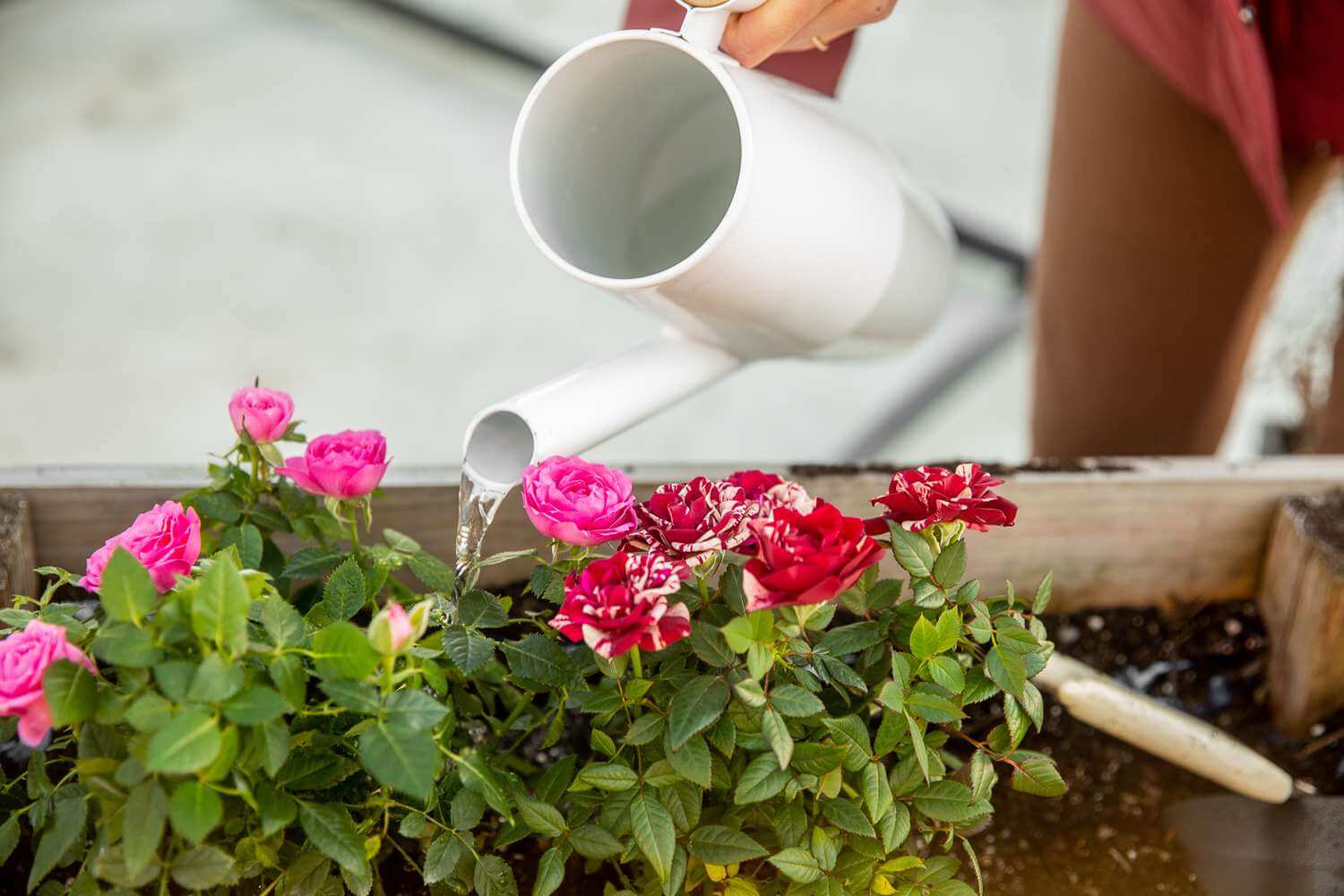 Source: thespruce
Source: thespruce
The right balance in watering roses is crucial; excessive watering, especially in pots, can cause root rot and reduce flower production, while insufficient watering can result in a withered and shriveled appearance. Also, In humid conditions, it’s best to avoid watering from above and getting the leaves wet since this can encourage diseases such as black spots that lead to the dropping of buds and leaves.
#2 Neglecting to Prune The Plant When Necessary
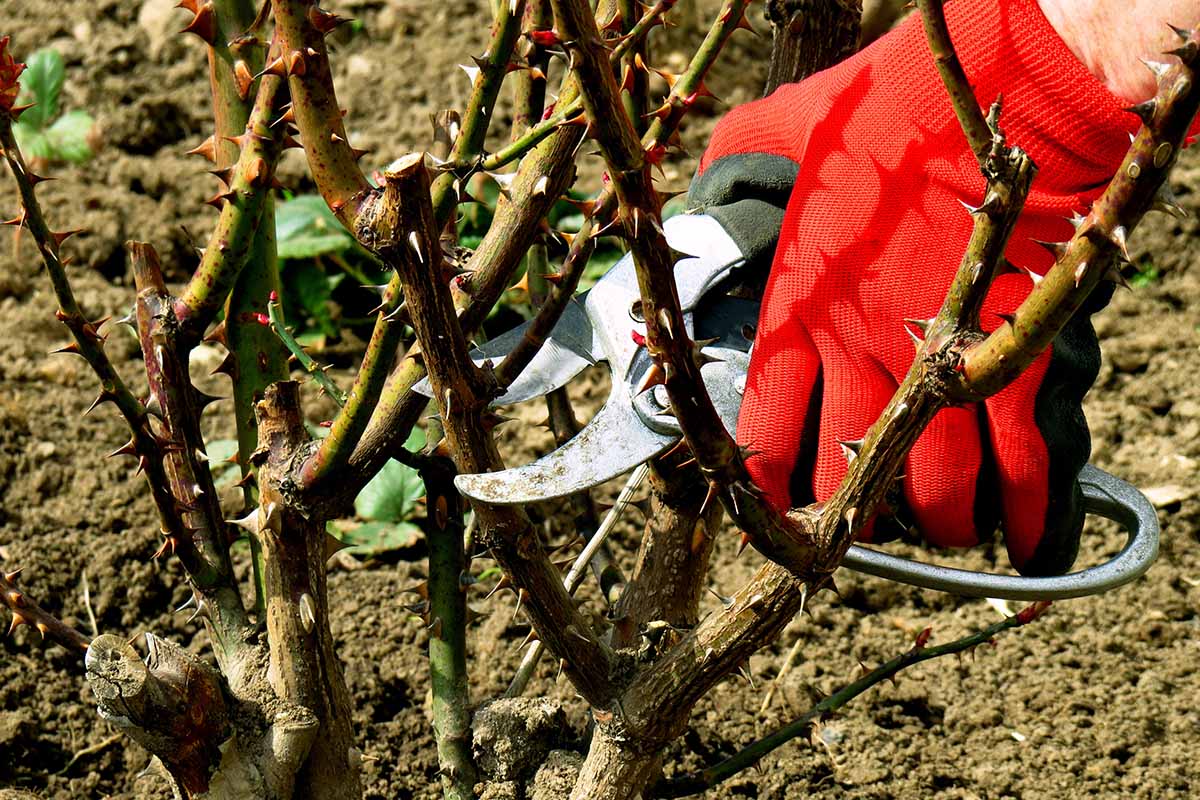 Source: gardenerspath
Source: gardenerspath
By pruning a rose plant, not only can you maintain its appearance, but you can also stimulate new growth, resulting in an abundance of blooms.
For optimal results, prune your roses once a year during late winter or early spring, or following the last frost date. Avoid pulling or twisting the dead stems; instead, use shears or scissors to create a clean cut, which will both give the plant an attractive shape and protect its stems.
#3 Ignoring Remove The Dead Flowers
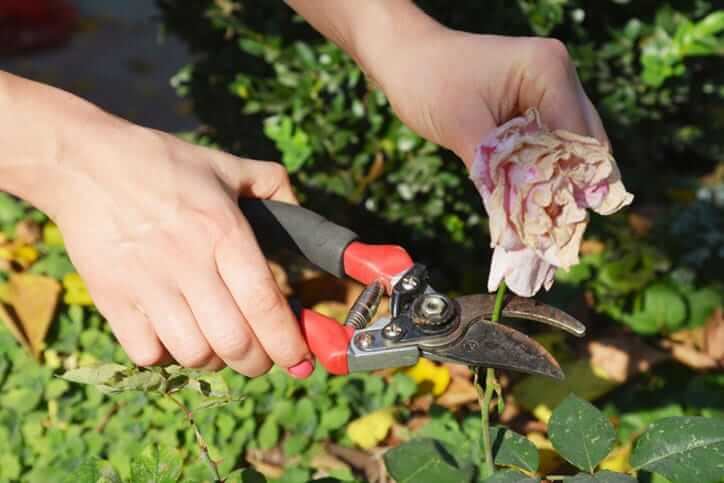 Source: tomsguide
Source: tomsguide
Allowing spent blooms to remain on the plant can be detrimental to its appearance and impede the growth of new flowers. By leaving dead flowers on the stem, the plant must use its energy to preserve them, rather than allocate resources toward producing additional blossoms.
To prevent this occurrence, make sure to deadhead any aging blooms as soon as you notice them. Rather than pulling them away, opt for a clean cut using scissors, shears, or a fingernail to protect the stem from harm.
#4 Ignoring The Signs of Pests and Diseases
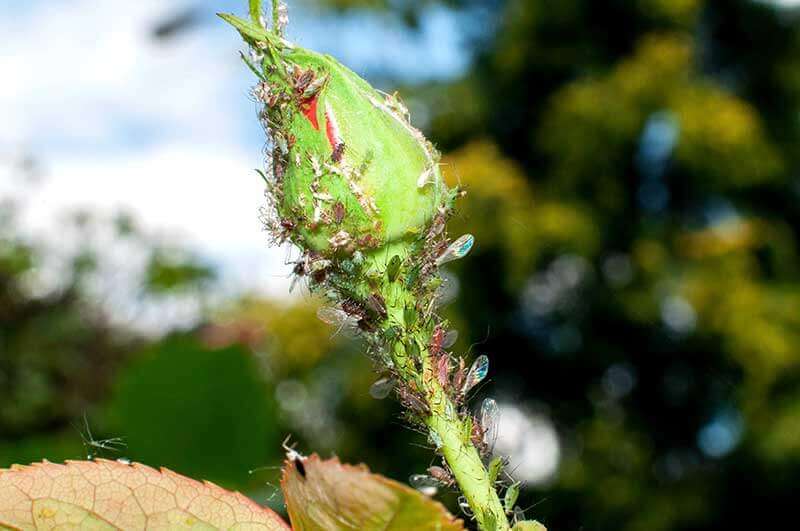 Source: gardentech
Source: gardentech
Neglecting black spots on a plant’s foliage can have dire consequences since they are typically caused by a fungus. Fortunately, you can manage them by spraying a solution of one part milk and two parts water on a weekly basis until the black spots vanish.
Paying attention to pest infestation is crucial since it can weaken the bushes and increase their susceptibility to diseases. Additionally, protecting the plant from whiteflies is also essential. And the most important pests to be mindful of are aphids.
#5 Neglecting to Provide Adequate Ventilation
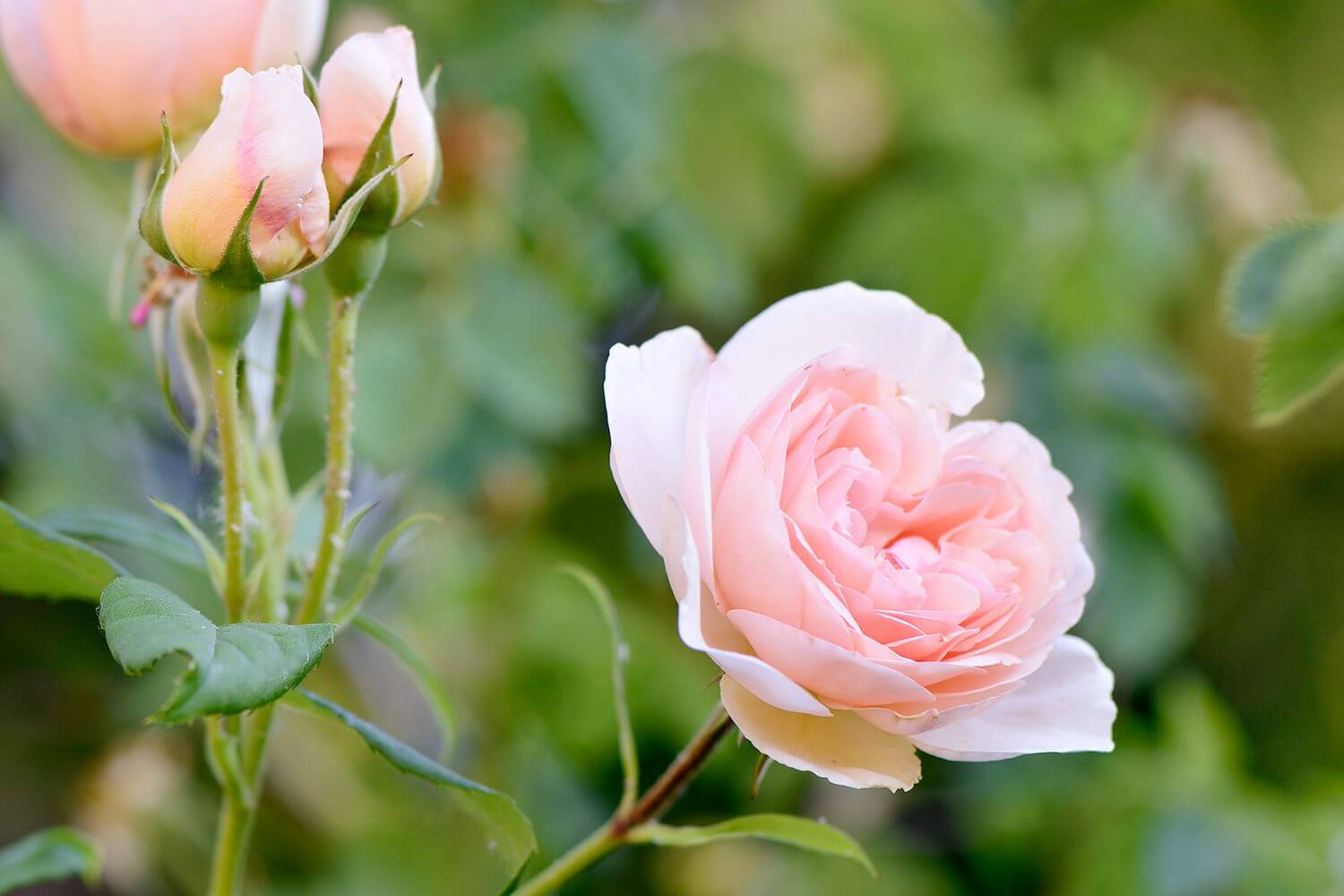 Source: bhg
Source: bhg
For optimal growth and flower production, it’s essential to ensure that roses have sufficient ventilation. Clustering the plants and allowing their stems to bunch together in the center can limit airflow, which can hinder their lush growth and flower production. Trimming any excess branches at the center that could obstruct or hinder airflow would be a wise decision.
#6 Overlooking The Effects on Animals
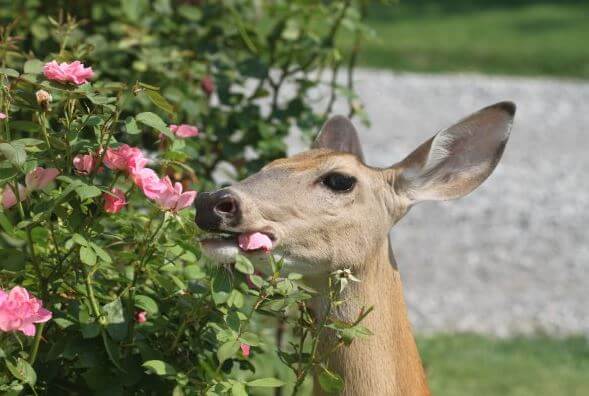 Source: smallanimalplanet
Source: smallanimalplanet
Protecting roses from animals and pets is important, particularly if they are located near or within your garden fence. It’s crucial to safeguard them from deer, as their natural defense mechanism of thorns may not be sufficient to deter them.
One effective solution to this issue is to plant deer-resistant species alongside your roses, such as French marigolds, butterfly bushes, heliotrope, lily of the valley, African lilies, zinnias, and peonies.
#7 Neglecting to Give Them The Requisite Amount of Sunlight
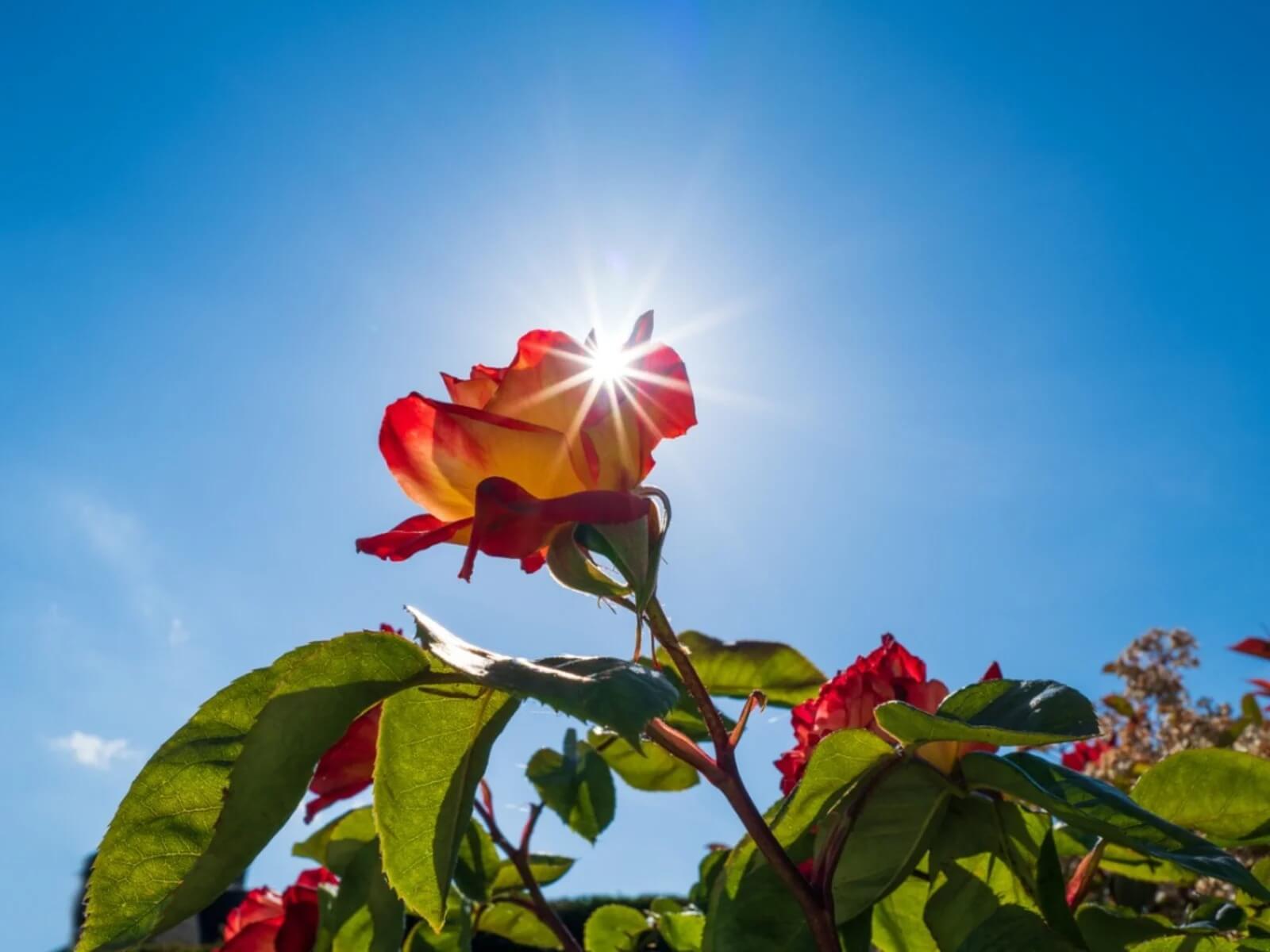 Source: gardeningknowhow
Source: gardeningknowhow
If you grow roses in a shaded or dark area, it can reduce or eliminate the number of blooms, and the color of the flowers can also be affected by the amount of light they receive. To ensure healthy growth and abundant blossoms, it’s essential to provide a minimum of five hours of direct sunlight and bright indirect light for the remainder of the day if your location doesn’t offer full sun exposure.
#8 Neglecting to Provide Plants with Fertilizer
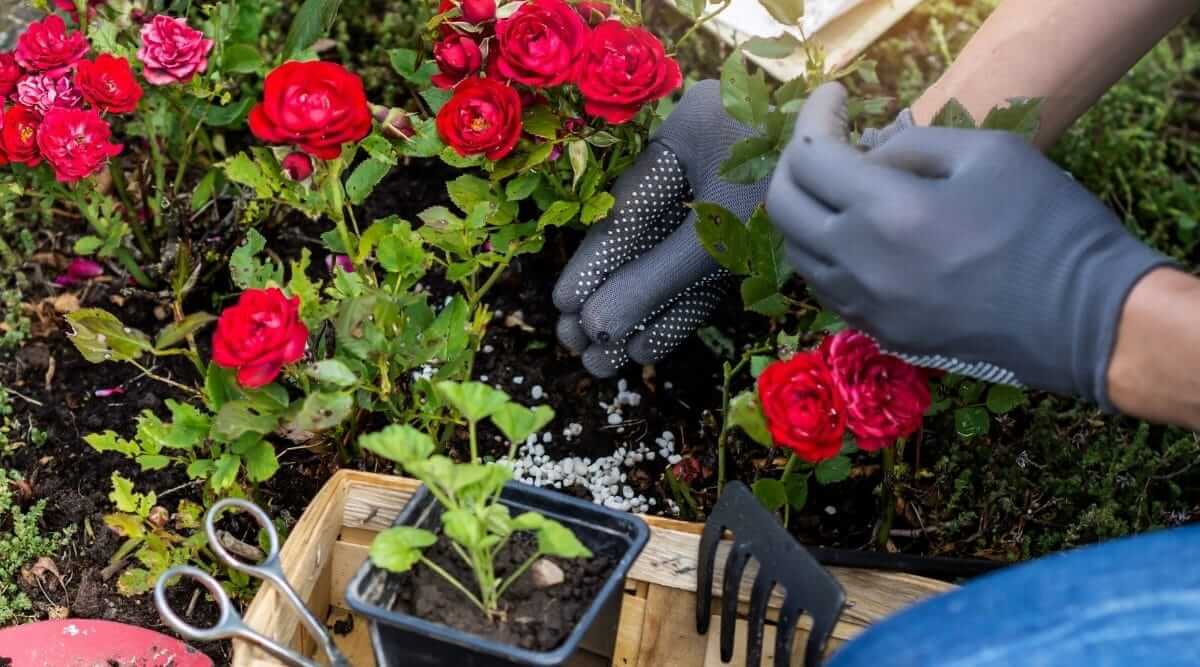 Source: allaboutgardening
Source: allaboutgardening
It’s not necessary to use any fancy fertilizers to encourage healthy rose growth. You can either use a rose-specific fertilizer or apply a well-balanced liquid fertilizer every 4-5 weeks, and you’ll notice a significant increase in the number of flowers produced.
You can increase flower production in roses by providing them with magnesium, which they love. Using Epsom salt by adding 1 to 2 tablespoons in a gallon of water and applying it once every 2-4 weeks during the growing season can do wonders for the blossoms.
